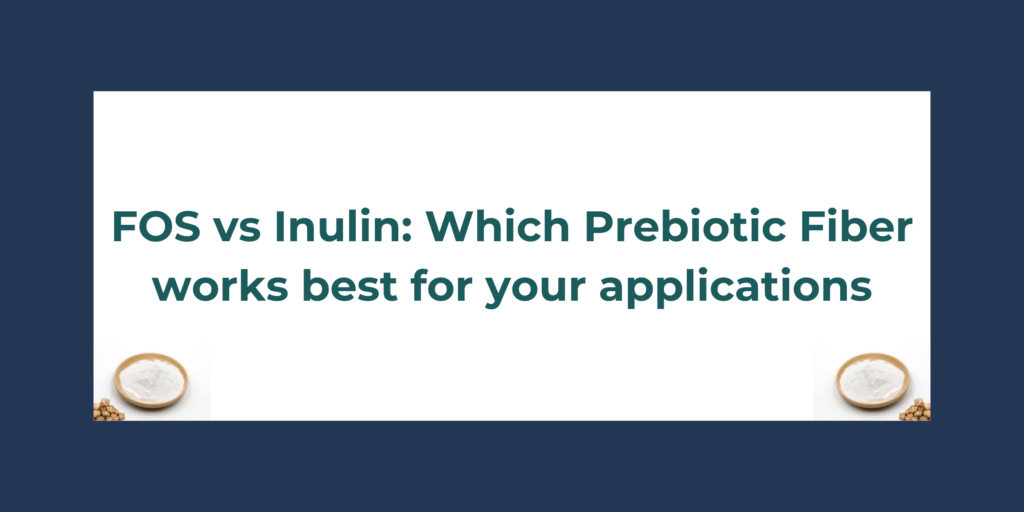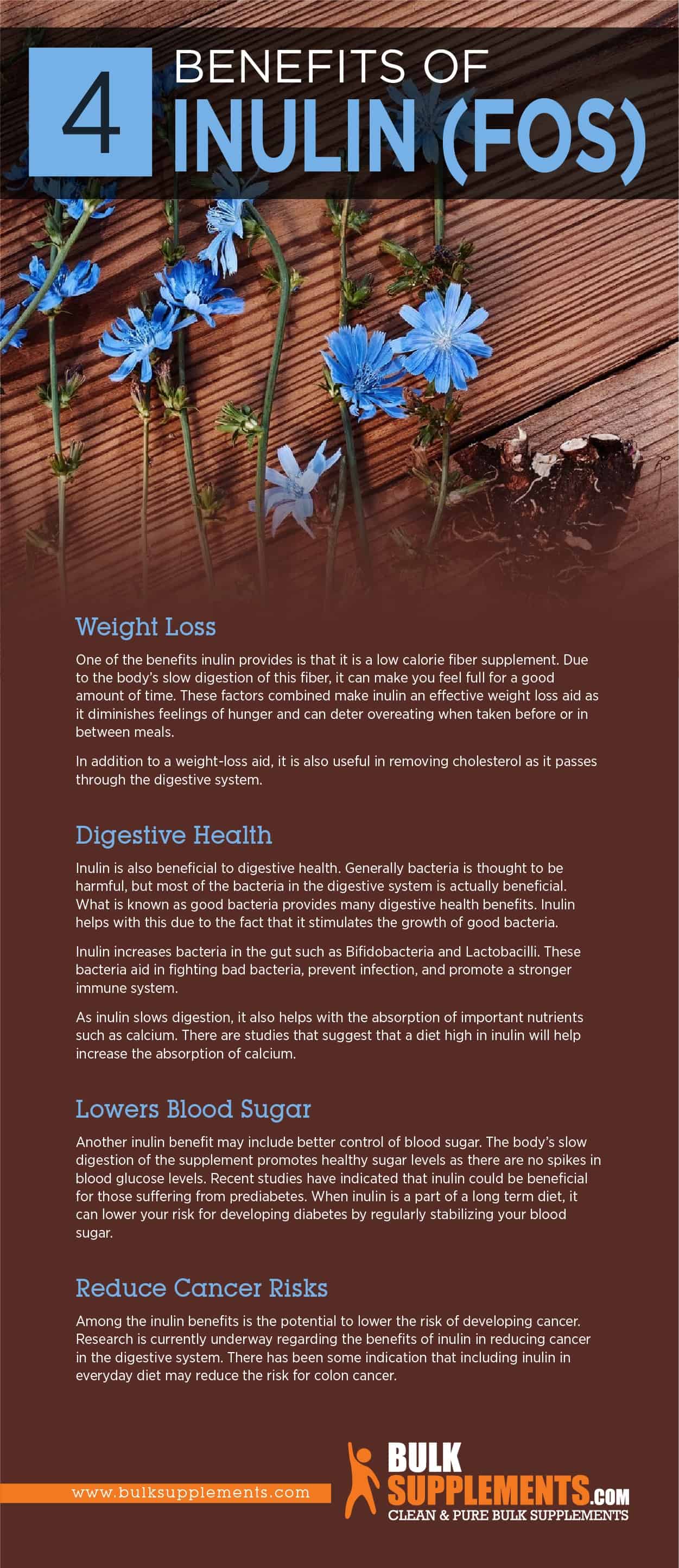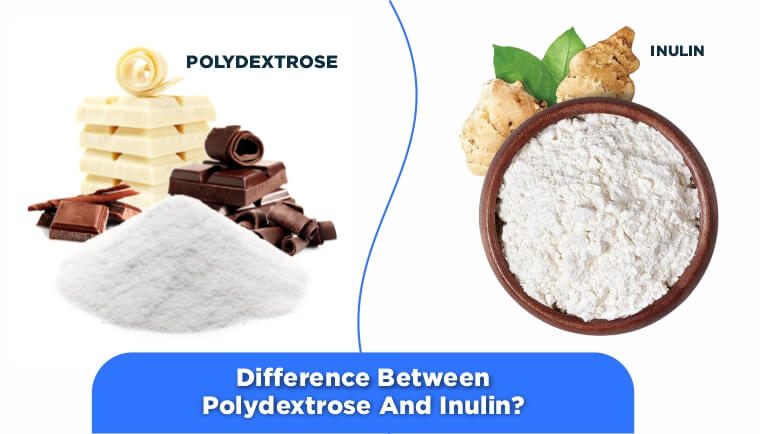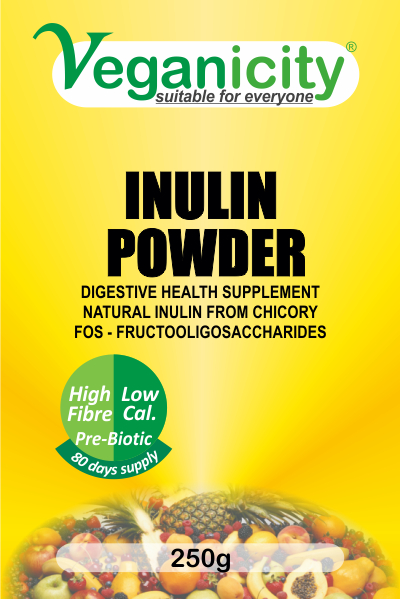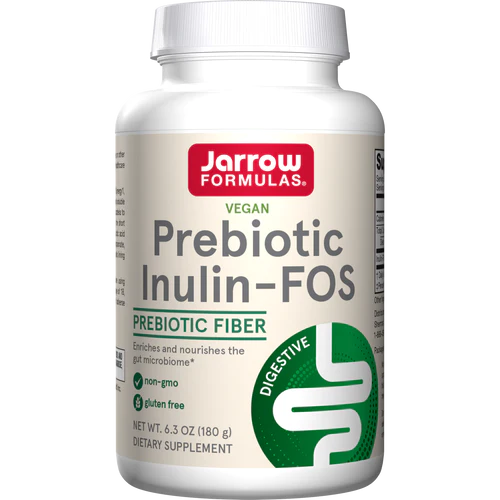What Is The Difference Between Inulin And Fos

Confusion reigns among health-conscious consumers regarding two seemingly similar prebiotic fibers: Inulin and Fructooligosaccharides (FOS). Understanding their distinct properties is crucial for maximizing gut health benefits.
These prebiotics, while both promoting beneficial gut bacteria, differ in their molecular structure and fermentation characteristics, impacting their specific effects on digestion and overall health. This article breaks down the critical distinctions between Inulin and FOS, providing clarity for informed dietary choices.
The Core Difference: Molecular Structure
The primary difference lies in their chain length. Inulin is a longer-chain polysaccharide, composed of a longer chain of fructose molecules, typically ranging from 2 to 60 units. FOS, on the other hand, is a shorter-chain oligosaccharide, usually consisting of 2 to 9 fructose units.
This difference in length affects how they are fermented in the gut. The longer chains of inulin are fermented more slowly and evenly throughout the colon. FOS, with its shorter chains, is fermented more quickly and primarily in the proximal colon.
Fermentation Location and Rate
Because of its longer chains, inulin's fermentation occurs gradually throughout the entire colon. This promotes a more balanced and diverse gut microbiota population. FOS, being shorter, ferments rapidly in the upper colon.
The rapid fermentation of FOS can lead to gas production and bloating in some individuals, especially at higher doses. The slower fermentation of inulin is generally better tolerated. According to a study published in the Journal of Nutrition, participants consuming high doses of FOS reported more gastrointestinal distress compared to those taking inulin.
Sources of Inulin and FOS
Inulin is naturally found in a variety of plants. Common sources include chicory root, Jerusalem artichokes, dahlia tubers, and asparagus. FOS is also found in some plants, but in smaller amounts compared to inulin.
Major dietary sources of FOS include bananas, onions, garlic, and asparagus. Both inulin and FOS are also commonly added to processed foods as prebiotics and fiber supplements.
Specific Health Benefits
Both inulin and FOS support gut health by promoting the growth of beneficial bacteria like Bifidobacteria and Lactobacilli. This, in turn, can improve digestion, boost immunity, and enhance nutrient absorption. Research from the American Journal of Clinical Nutrition supports these findings.
Inulin has been linked to improved blood sugar control and cholesterol levels. FOS may be particularly effective in promoting calcium absorption. However, individual responses can vary.
Potential Side Effects
As mentioned earlier, FOS is more likely to cause gastrointestinal distress, such as gas and bloating, especially at higher doses. This is due to its rapid fermentation rate. Inulin is generally better tolerated, but some individuals may still experience mild digestive discomfort, particularly when starting supplementation.
Starting with low doses and gradually increasing intake is recommended for both inulin and FOS. Consulting with a healthcare professional or registered dietitian is advisable before starting any new supplement regimen. A 2010 study published in the British Journal of Nutrition confirms that gradual increases in intake can minimize side effects.
Dosage Recommendations
The optimal dosage of inulin and FOS varies depending on individual tolerance and health goals. A typical starting dose of inulin is around 2-5 grams per day, gradually increasing to 10-15 grams per day. For FOS, a typical starting dose is 1-3 grams per day, increasing to a maximum of 5-8 grams per day.
It's essential to listen to your body and adjust the dosage accordingly. Pay attention to any digestive symptoms and reduce the dose if necessary. Remember, more is not always better when it comes to prebiotics.
Inulin vs. FOS: Which is Right for You?
The choice between inulin and FOS depends on individual needs and tolerance. If you are prone to gas and bloating, inulin may be a better option due to its slower fermentation rate. If you are looking for a quick boost in beneficial bacteria in the upper colon, FOS might be suitable, but use caution with dosage.
Many people benefit from a combination of both inulin and FOS to promote a more diverse and balanced gut microbiota. Consider diversifying your dietary fiber sources and consulting with a healthcare professional for personalized recommendations.
Next Steps
Researchers are continuing to investigate the specific health benefits of inulin and FOS. Stay informed about the latest research and consult with healthcare professionals for personalized dietary advice. Monitoring individual response to each fiber is crucial for optimizing gut health.
The ongoing studies explore the potential of these prebiotics to prevent and manage chronic diseases. Future research will likely reveal more nuanced insights into their specific mechanisms of action and optimal usage.



